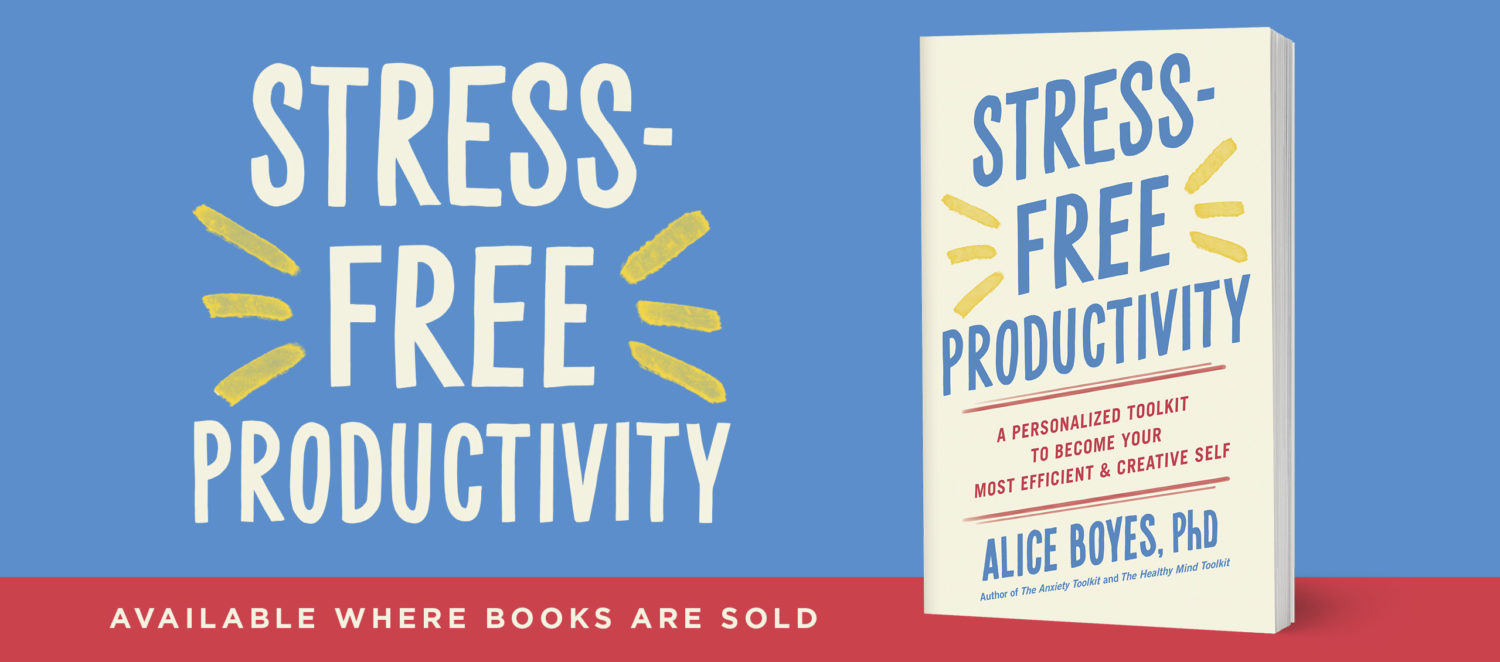How to Use CBT to Eat More Fruit and Vegetables
I’m going to explain the results of a study and how you can use the same technique at home or with your therapist. It’s about a technique that was used to increase fruit and vegetable consumption but it’s easy to see how you could use this technique for other behavior change goals.
The Results of the Study
To cut to the chase, here’s what the results of the study showed. Participants ate on average 22.11 servings of fruits and vegetables per week before they were introduced to the CBT technique After the CBT intervention (1 session), the researchers followed them up for 24 months to assess the results.
They reassessed participants’ fruit and vegetable consumption 5 times in addition to the baseline measure before the intervention. These followp assessments of fruit and veg intake occurred immediately after the intervention, and 1, 2, 4, and 24 months after the intervention. Fruit and veg consumption at the followups was 27.78, 26.68, 26.44, 29.12, and 28.26 servings per week, an increase of 26%, 21%, 20%, 32%, and 28% compared to baseline levels. A control group that only received information about the benefits of eating fruits and vegies didn’t achieve the same sustained benefits (they improved initially but it didn’t last).
Here’s How They Did it
Participants participated in 1 session with a researcher in small groups.
Part 1: They got some information.
This consisted of a four-page health education leaflet that encouraged eating a healthy diet and gave the guideline to eat five servings of fruits and vegetables per day, detailed the advantages of a healthy diet in the short term and long term (e.g., better well-being, better weight control, lower risk for chronic diseases) and underlined the feasibility of eating a healthy diet (e.g., “Fruits and vegetable sticks are ideal snack food”);
They also did a knowledge self-check, had a discussion where participants compared their own answers with the correct answers provided by the researcher, and were encouraged to discuss all questions they had concerning a healthy lifestyle.
Part 2: They did the following, in order (the order is important).
They wrote down
“(a) their most important wish regarding their diet that should be both challenging and feasible (e.g., “eating more fruits and vegetables”);
(b) the most positive outcome of realizing their wish (e.g., “greater wellbeing”) and events and experiences they associated with this
positive outcome;
(c) the most critical obstacle (e.g., “no fruits at work”) together with events and experiences they associated
with this obstacle; and
(d) formed three implementation intentions with the following questions:
(1) “When and where does the obstacle occur, and what can I do to overcome or circumvent the obstacle?”;
Example. Could buy apple at school canteen.
(2) “When and where is an opportunity to prevent the obstacle from occurring, and what can I do to
prevent it from occurring?”; and
Example. Buy a piece of fruit at greengrocers on way to school (Thereby avoiding encountering the obstacle of having no fruit at school).
(3) “When and where is a good opportunity for me to act in a goal-directed way, and what would the goal-directed action be?” ”
Example. Get a salad when out for lunch.
The above is called “Mental Contrasting with Implementation Intentions.” They practiced the technique 4 times during their initial session with the researcher (focusing on 2 dietary goals for the next 24 hours and 2 dietary goals for the next couple of weeks). They were asked to practice the technique in written form each day in the week after the study and to practice it mentally throughout the day. They also practiced again during each of the followup periods.
If you’re interested in trying this yourself, your best bet is probably to read the full text of the study, which is available free online. Yay! Health Psychology.
Applying This To Other Areas
It’s easy to see how this technique could be applied to goals other than increasing fruit and vegetables. For example, if your goal was to use defusion techniques to respond to your anxiety.
I’ve previously written about how this same CBT technique can be used to increase exercise.




